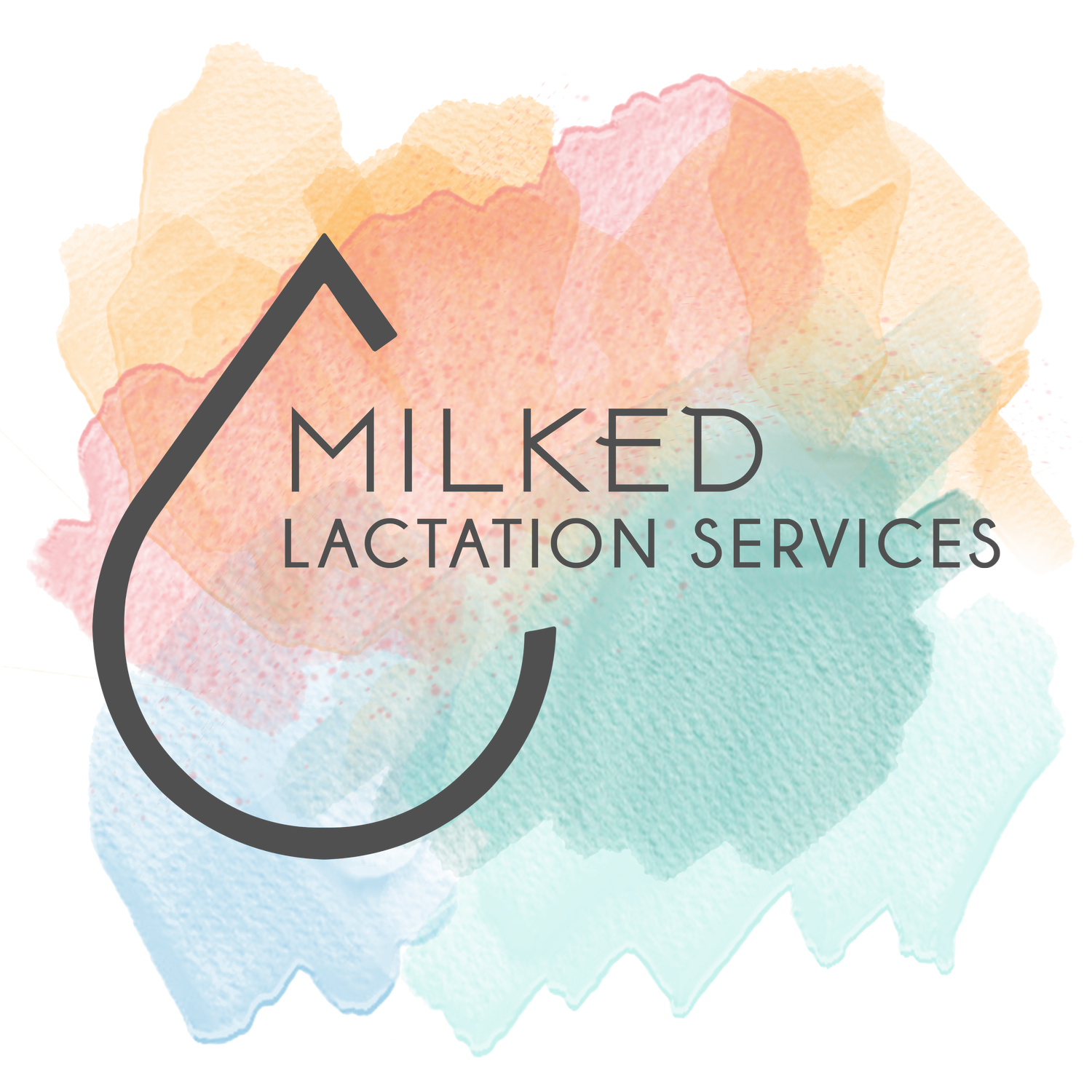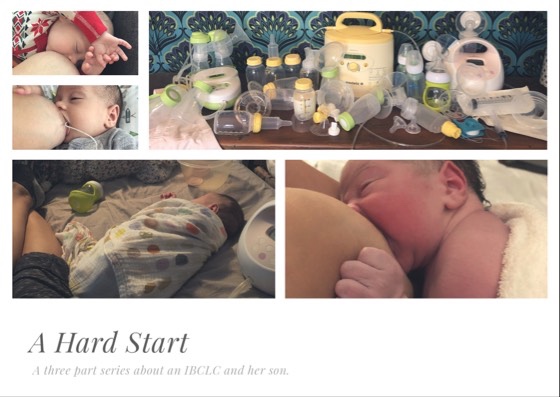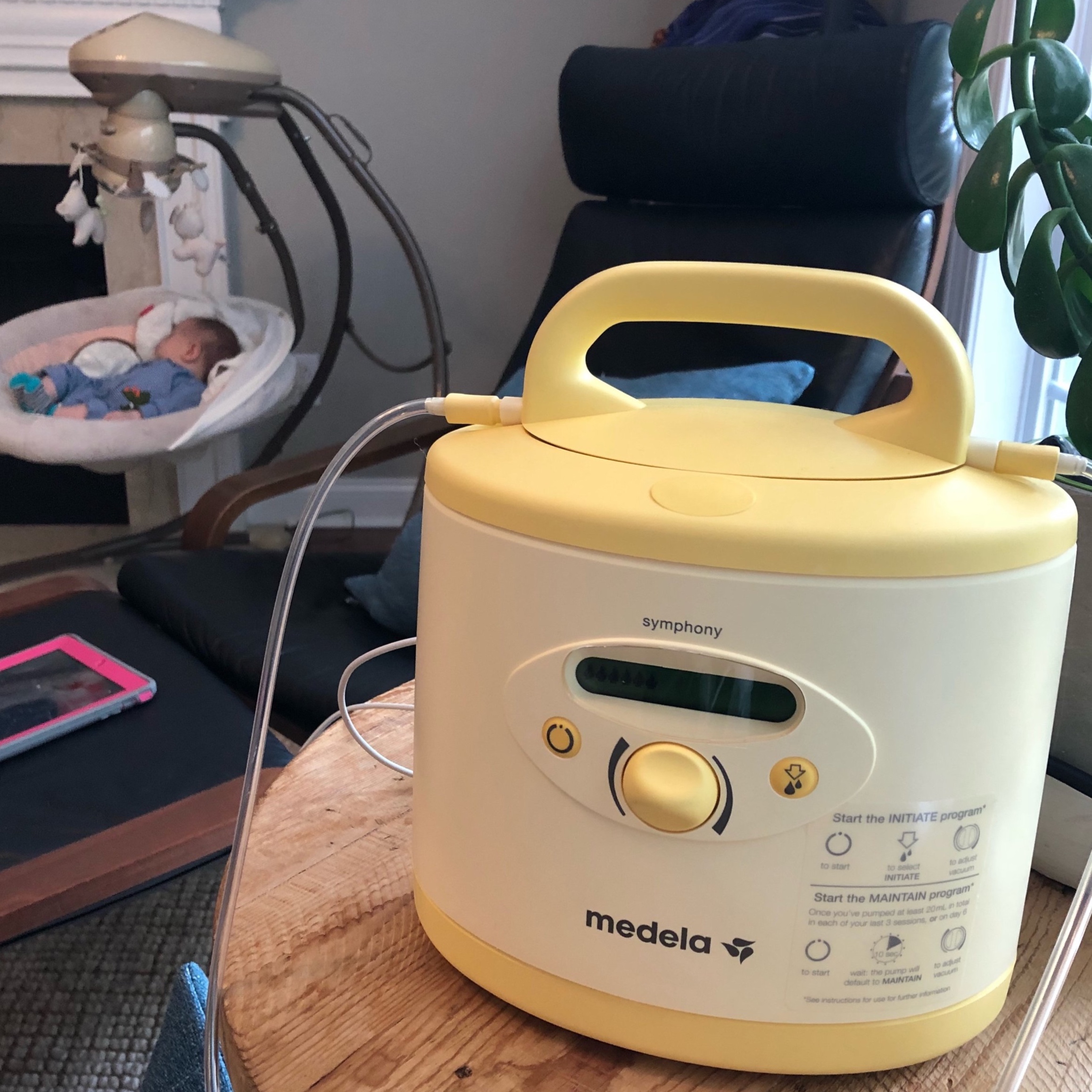Recently I was chatting with a pregnant client who was expressing concern about storing expressed milk for her new baby because with her last child she struggled with milk spoiling in the refrigerator. Naturally, I needed to know more about that so I asked a few follow up questions about how her milk was stored and something didn’t add up.
“How did you know it was bad?”
When watching her grandchild this client’s mom would take milk from the refrigerator when preparing to feed the baby and she would find that the milk had separated. She would then pour the milk down the drain thinking that it went bad and was spoiled.
I felt so terrible for this mama. Her milk was not spoiled. She was experiencing a completely normal reaction of breastmilk that is sitting in a bottle in the refrigerator.
At my house we use a lot of vinaigrette dressing. When I take a bottle of dressing out of the refrigerator I automatically shake it up to mix all the ingredients together before pouring it on my salad. We all do this! If we don’t we would get a salad full of oil (fat).
Just like the dressing, when breastmilk sits in the refrigerator the sticky fat will slowly glob together and float to the top of the bottle forming a distinct layer. Remember back in grade school when we learned that oil floats on water? If you happen to look at the bottle each day that it sits you will notice that more and more of the fat separates out and they layer gets thicker and thicker.
So if it isn’t spoiled then what do you do?
All you need to do is shake the bottle up so that the separated layers mix back together. Sometimes some of that creamy layer will stick to the sides of the bottle. Warming it up in preparation to feed and then shaking it will help that sticky fatty later mix back in.
Actual footage of my face when I hear this nonsense.
While I am here let me just address another thing that drives me crazy. You can’t look at the layer of fat in a bottle of milk and determine its nutritional value. That is not a thing. If someone looks at your milk and tells you that it isn’t fatty enough or ‘skim’ milk and not ‘whole milk.’ by looking at the layer of fat floating at the top, please, just ignore them. This is not how we determine the caloric and nutritional value of breastmilk.
When it comes to milk storage guidelines you may have noticed some variation in the recommended timeframes for breast milk storage. This is because there are real world differences in how it is handled and stored including how strict we are with our cleaning methods, the temperature of the places where we keep our milk, where the milk is being stored, whether it is fresh or thawed, the health status of the children that will be drinking the milk, and ideal versus acceptable conditions. Below are some of the basic guidelines set forth by the Human Milk Banking Association of North America for healthy, full-term babies. These guidelines differ slightly for you depending on your specific situation and whether you are using ideal or acceptable guidelines.


















